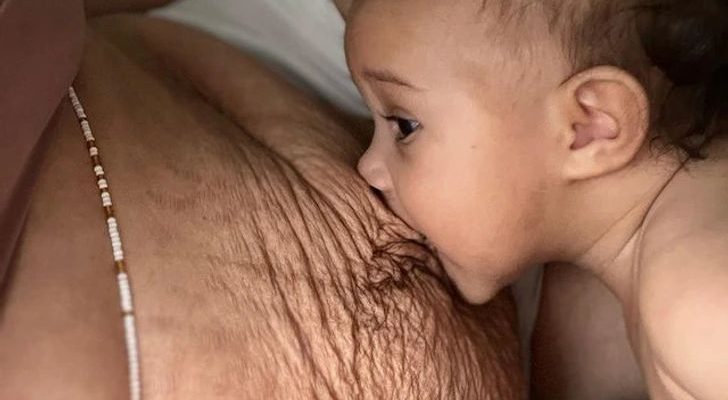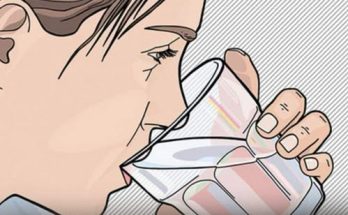Motherhood is often painted as a beautiful, glowing journey, filled with picture-perfect moments of newborn cuddles and joyful milestones. But what’s rarely discussed in mainstream conversations is the raw, unfiltered reality of postpartum bodies. The truth is, bringing a life into the world changes a woman’s body in ways that are both miraculous and challenging.
As a mom of four, I’ve experienced the rollercoaster of postpartum recovery multiple times. Each journey was unique, but one thing remained constant—the unrealistic expectations placed on new moms to “bounce back.” Society often glorifies snapback culture, pressuring women to erase all signs of pregnancy as quickly as possible. But the reality is that postpartum bodies are a testament to strength, resilience, and transformation, not something to be hidden or “fixed.”
The Physical Changes No One Talks About
From stretched skin and sagging breasts to stubborn weight retention, postpartum bodies tell a story of their own. The abdomen, once stretched to accommodate a growing baby, often doesn’t return to its previous state. Many women experience diastasis recti, a condition where the abdominal muscles remain separated, leading to a persistent “mom pooch.” Stretch marks become badges of honor, though they are rarely celebrated as such.
Breasts, once full and firm during pregnancy and breastfeeding, often change in shape and texture. For some women, breastfeeding leads to engorgement, clogged ducts, and even mastitis, making the journey even more painful. And then there’s hair loss—a lesser-known but common postpartum symptom caused by hormonal shifts. These changes, though completely natural, can take an emotional toll when compared to society’s unrealistic beauty standards.
The Emotional Weight of Postpartum Changes
Beyond the physical transformations, postpartum recovery is deeply emotional. Many women struggle with body image issues, feeling disconnected from their new selves. Social media is flooded with edited images of celebrity moms flaunting toned abs just weeks after giving birth, creating an impossible standard for the average woman.
For me, the biggest challenge was learning to accept and appreciate my new body rather than mourning my pre-pregnancy shape. It took time to shift my mindset and realize that my body didn’t “fail” me—it performed a miracle. Learning to embrace the soft belly that once housed my children, the stretch marks that tell a story of growth, and the curves that carried life helped me reclaim my confidence.
Redefining Postpartum Beauty
Instead of pressuring mothers to “get their body back,” we need to change the conversation to one of appreciation and respect. Postpartum recovery is not about snapping back—it’s about healing, adjusting, and finding new strength.
More women are now speaking up, sharing unfiltered postpartum experiences, and rejecting unrealistic beauty standards. The body that carried a baby is not damaged—it is powerful. By embracing this truth and sharing these raw realities, we can help other mothers feel seen, valued, and celebrated for the warriors they truly are.

